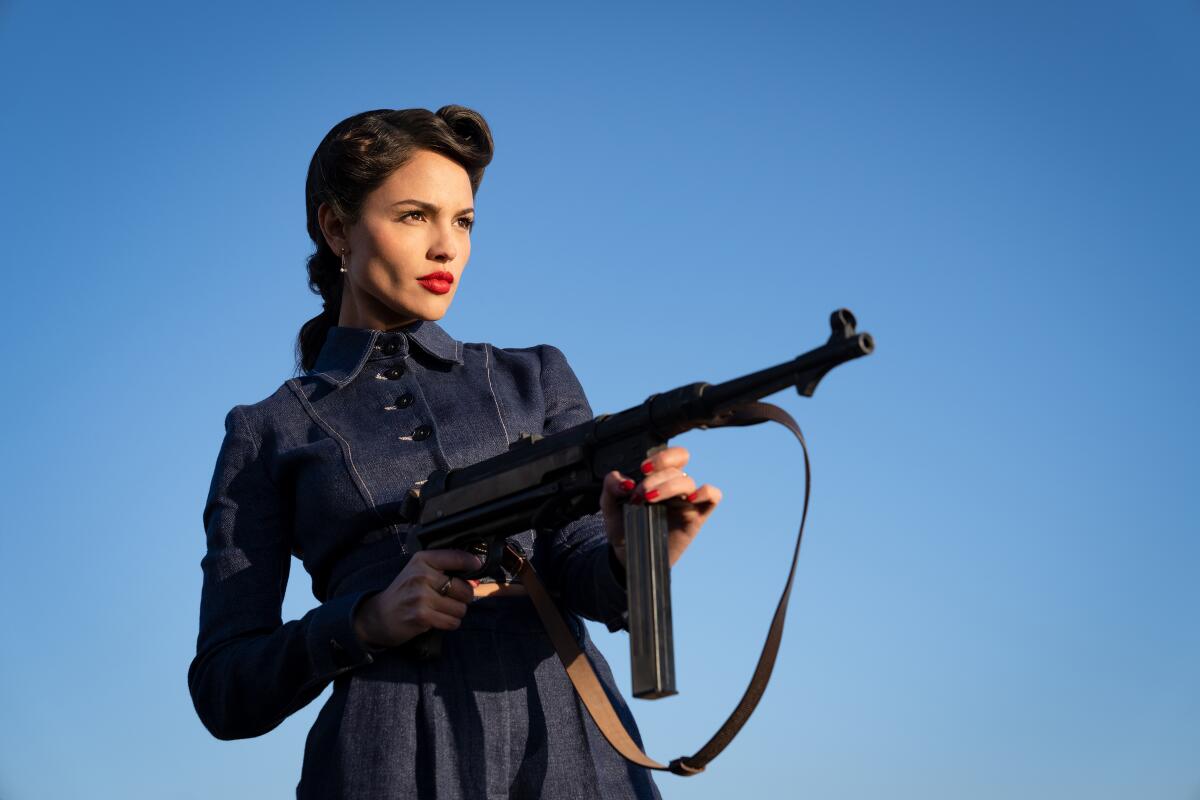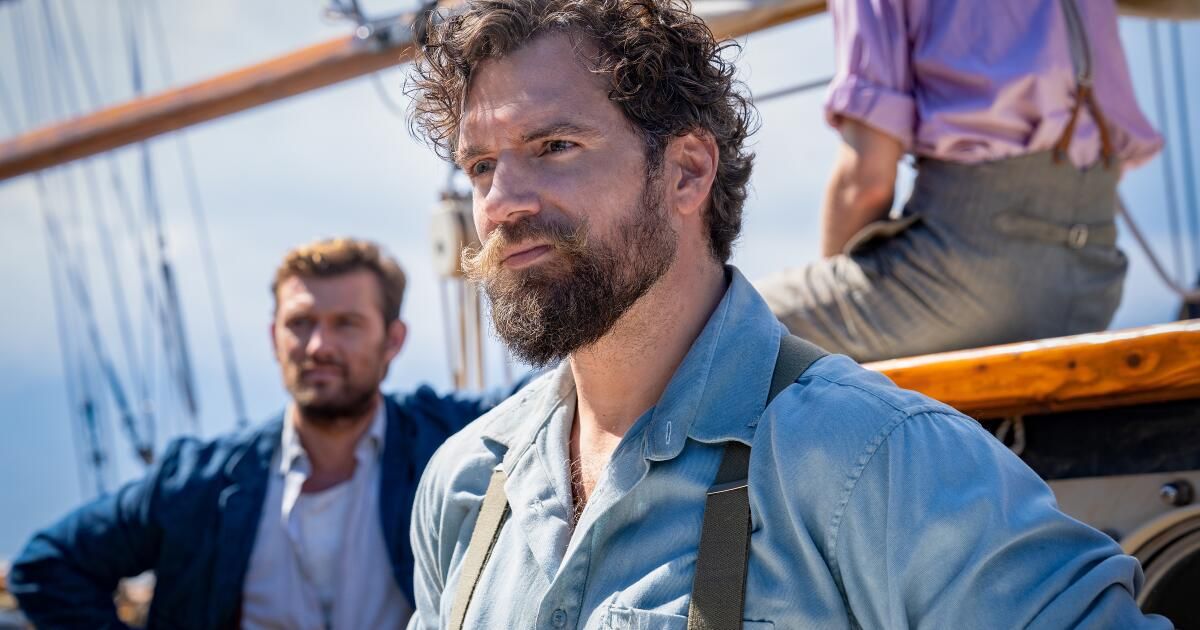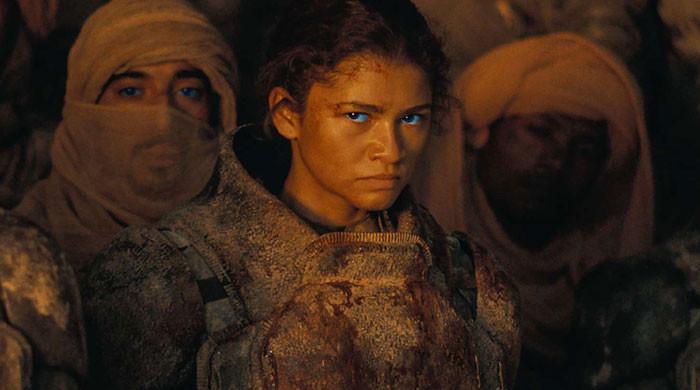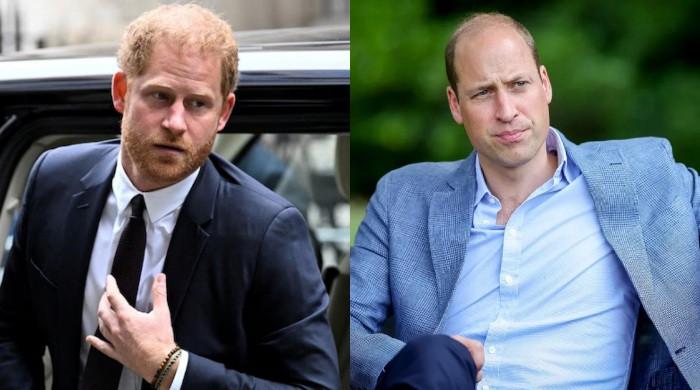Warning: The following contains spoilers for “The War Office Ungentlemanly.”
Although the events of World War II have been widely studied, details are still emerging. In fact, documents relating to an essential mission, called Operation Postmaster and carried out by the British War Office, were recently declassified. The mission, carried out by the Special Operations Executive (SOE), is the unlikely subject of Guy Ritchie's latest film, “The War Office Ungentlemanly.”
The film, now in theaters, written by Paul Tamasy, Eric Johnson, Arash Amel and Ritchie, is based on Damien Lewis' 2014 book “Churchill's Secret Warriors: The Explosive True Story of the Forces' Desperate special events of World War II. However, some dramatic license is needed in the description of events.
“The story itself and the elements are true,” says Amel, noting that some characters are fusions to serve a two-hour narrative. “Not only was it an untold story, with men on a mission against all odds who became the precursors of James Bond, but it was the coming together of this multicultural coalition of misfits. “It wasn’t just the classic story of the British fighting the Germans.”
Operation Postmaster involved a group of special agents, led by Gus March-Phillipps (Henry Cavill), who were tasked with destroying ships used to supply German submarines and then terrorizing British waters. The team members, Anders Lassen (Alan Ritchson), Geoffrey Appleyard (Alex Pettyfer), Henry Hayes (Hero Fiennes Tiffin) and Freddy Alvarez (Henry Golding), are based on real people. Other characters, such as Nazi leader Heinrich Luhr (Til Schweiger), are fictional.
But while Ritchie infused the story with his own style (and penchant for improvisation), the outlines of the mission itself are more or less accurately described.
“It was extraordinary to learn about a mission like this, which on paper was a suicide mission,” says Cavill. “It changed the course of the entire war because we essentially shut down the nasty submarine fleet in the Atlantic. Without that, far fewer supplies would have reached the Allies in Europe and the Americans may never have joined.”
“They can teach you this story from history and think, 'Wow, this is fascinating,'” adds Eiza González, who plays an agent named Marjorie Stewart. “Because it is a fascinating story. But you also have to care about these people and you have to give them a personality.”
This is what is true and what is dramatized in “The War Office Ungentlemanly.”
The objective of the mission
In 1942, Winston Churchill recruited a team of agents to infiltrate the West African port town of Fernando Po (now Bioko) to rob three Italian and German ships, including the Duchessa d'Aosta, which was supplying German submarines. In the film, the characters intend to destroy and sink the ships, but the plan is thwarted when they realize that the Duchess' hull has been reinforced. In reality, the mission was to steal the ships and try to discover them in international waters, exactly what the team did.
“Churchill supported the mission against many of his senior advisers, who said the risks were too great,” Lewis says. “But he believed that the benefit of what would be achieved by stealing three ships was too great to ignore.”
Operation Postmaster was the first mission for the group, known as the 62nd Commando. Ritchson notes that while many factors “helped the dominoes fall into the hands of the Allied forces… this group was one of the really important pieces of the puzzle”.
In real life, the agents sailed two ships from Great Britain to Fernando Po. One was a trawler, the Maid of Honor, commanded by March-Phillipps, the other a transport ship commanded by Appleyard. In the film, the action focuses on the Maid of Honor and the mission team is reduced to five agents, including Appleyard.
On screen, March-Phillipps leads a bloody raid on an enemy camp to free Appleyard on the road to Fernando Po. “There were certainly a lot of attacks like that,” Lewis says. “But Appleyard was not a prisoner at the time.” Amel confirms that the film's raid is based on the second real-life mission the group undertook, Operation Dryad, although the violence is “a nod to the mayhem and murder of later missions” as no shots were actually fired. .
In Fernando Po, two agents, Marjorie Stewart (González) and Mr. Heron (Babs Olusanmokun), create a distraction on land by throwing two parties for Nazi officers and soldiers, as well as the Spanish port crew. Those scenes in the movie are based on facts, although Heron is an amalgamation of real-life agents.
“That's all pretty much how it happened,” Lewis says. “The big crazy party at the end, that's exactly what the guy on the field did. They even organized a test party to see if it would work. And blowing up the power plant… all that happened.”
Alan Ritchson in “The War Office Ungentlemanly.”
(Daniel Smith/Lionsgate)
The James Bond Factor
As seen in the film, Ian Fleming worked for the British government and was involved with the SOE during World War II. Several years later, he was inspired to write the James Bond novels, beginning with 1953's “Casino Royale.” Lewis explains that Bond is a “proper snapshot” of several real agents.
“March-Phillipps is one of the key characters and there are two or three others, all of them people Fleming worked with,” he says. “Fleming actively participated in Operation Postmaster. That is absolutely true. But he also worked closely with an amazing character called Wilfred 'Biffy' Dunderdale. He was a high-born bon vivant, like James Bond, and was the spy chief of secret intelligence in France before the war.”
March-Phillipps, who died during his next mission, wrote a spy novel himself, which Cavill discovered “in a very small article somewhere in the dark corners of the Internet.”
“If he hadn't died during the war, he could have beaten Ian Fleming,” Cavill says.
The Danish hammer
One of the most compelling characters in the film is Lassen, a real-life spy who participated in numerous missions during the war and was a deadly fighter known as “the Danish Hammer.” Ritchson describes him as “the toughest character in the movie and in real life” even though Lassen looked nothing like the muscular “Reacher” star.
“The most impressive thing about Anders is that he was a very thin man,” Ritchson says. “He didn't look like a superhero. He was a tactical genius. [and] a genius strategist. He was very inventive and creative in his quest to dominate the enemy or deceive him or in his absolute savagery.”
In the film, Lassen is a brutal assassin who uses a bow and arrow to take down one Nazi after another. In fact, he was a skilled archer and even campaigned for the bow and arrow to be recognized as an official weapon of war in Britain. Ritchson trained with an Olympic archery coach to achieve the correct physique for the character.
Like March-Phillipps, Lassen died during a later mission, just two months before the war ended. His death is documented in Lewis's book, which describes numerous missions after Operation Postmaster.
“People who read the book say they're crying because you really get to know this guy and he's an incredible, legendary, free-spirited maverick,” Lewis says. “Alan has the essence of him, as I think all actors have.”

Eiza González in “The Ministry of War among Gentlemen”.
(Daniel Smith/Lionsgate)
the body count
March-Phillipps and his team killed dozens (maybe hundreds) of enemies in the film. The action sequences reflect actual fighting techniques used by British forces, but the number of Nazis killed during Operation Postmaster has been drastically exaggerated.
“There's a lot more shooting than in the actual mission,” says Cavill. “I believe that during the actual action not a single shot was fired, apart from when [the team] The anchor chain flew into the harbor and the Germans thought it was a bombing raid, so they started firing anti-aircraft guns into the sky. But they didn't think there was a group of cunning knights stealing their ships.”
Ritchson and his stunt double Ryan Tarran helped conceive several of the brutal fight scenes, including when Anders assaults one of the ships and takes down several crew members with an axe. Ritchson remembers asking for 18 extras to kill at the scene, although Ritchie said he could only have 10.
“The crazier it is, the better,” Ritchson says. “I wanted everything to have life-and-death risks, but I didn't want it to be taken so seriously that the audience couldn't enjoy it. The cake is the reality of this saga and the men behind it, but the icing is how much fun we can make it.”
Cavill adds that while the body count is exaggerated, it sums up the work these agents did during the war. “What made these guys and girls so special is that they made a lot of these things look easy,” he says.
The real Marjorie Stewart
Marjorie Stewart was a spy and worked for SOE, but she was not part of Fernando Po's team. And although Lewis confirms that there was a female agent on the ground, he points out that she was not, like the film's Marjorie, tasked with seducing the Nazis. That said, seduction was certainly a tactic employed during the real-life operation.
“When they organized the party, they organized the ladies to attend for the same reason,” Lewis says. “That was part of the draw: drink, food and women.”
Amel says Stewart, who was also an actress, was an “amazing person in real life.” She wanted to include her not only because she married March-Phillipps, but because she could replace all the spies who never got their due.
“If we didn't put Marjorie there, we would forget about all the women who were there and the work she did specifically on the different missions,” Amel says. “That's where it's acceptable to me to stray from the boundaries of an absolute commitment to history because the contributions are forgotten.”
In the film, Marjorie distracts Heinrich with a Marilyn Monroe-style performance. The song was added in the set when Ritchie discovered that González could sing and is not based on the historical record. González did learn about the life and work of Stewart, as well as other women in the SOE, including Virginia Hall, Nancy Wake, and Mata Hari.
“I was impressed by the capabilities they had,” says González. “Women were fundamental in these missions and were necessary because there were many things that men could not infiltrate. I really encourage anyone who is fascinated by this story to read more about it. “We hear about a lot of men who made a difference, but not much about women who made a difference and there are some pretty outstanding stories out there.”












